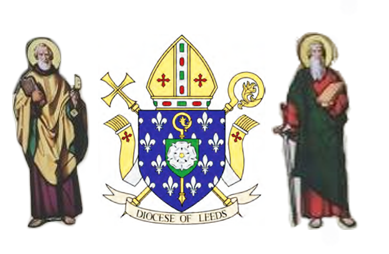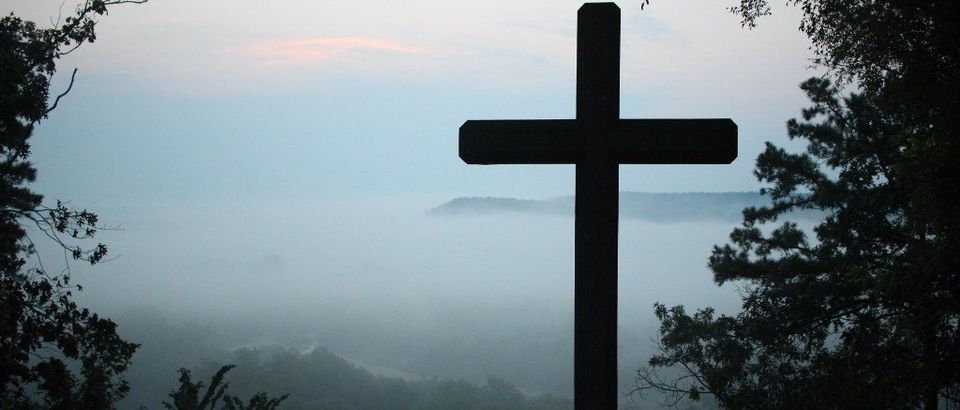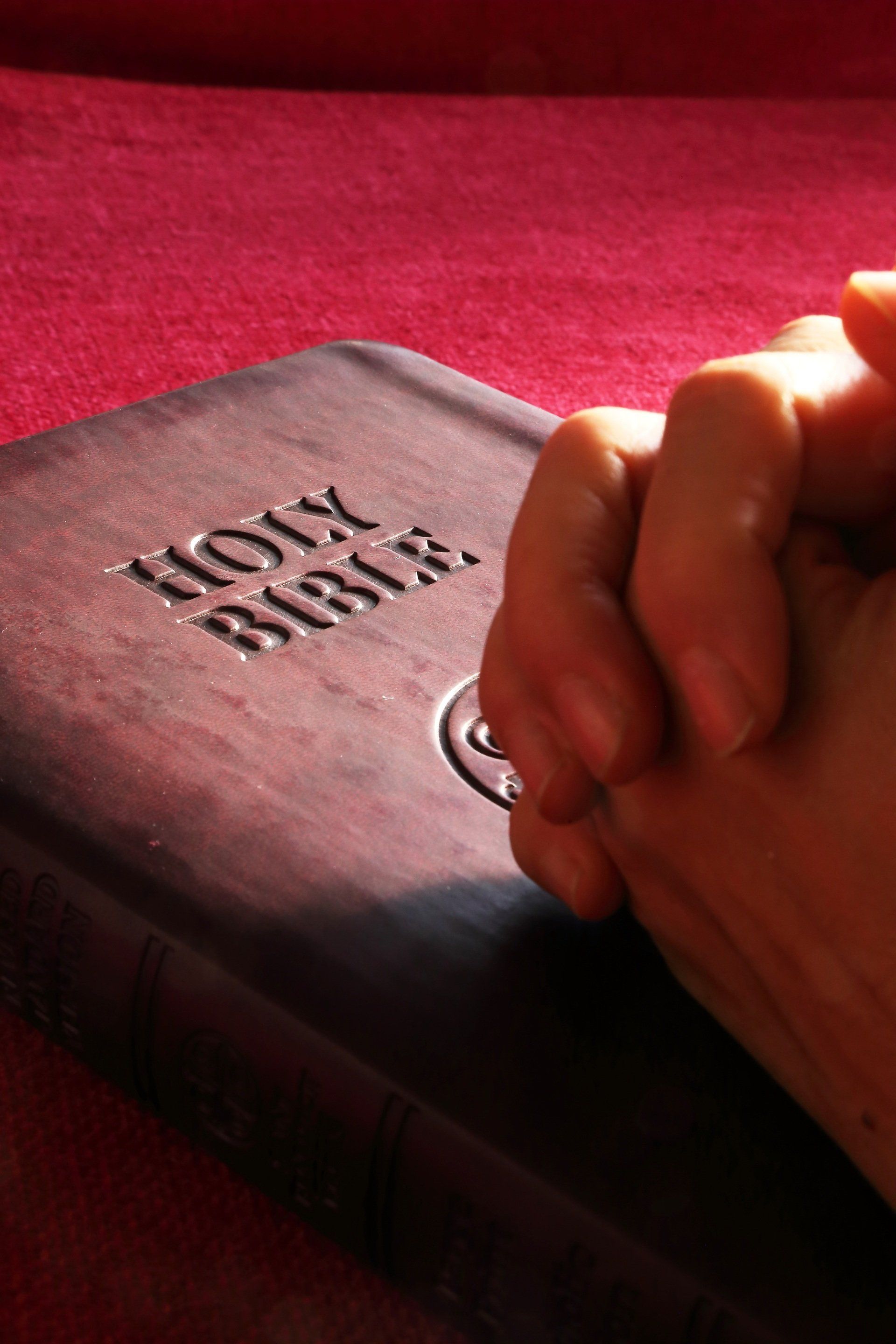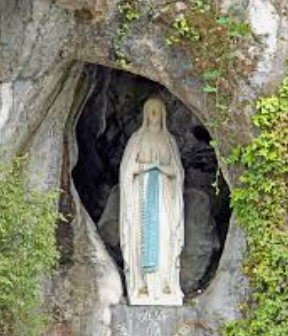
Friday 5th - Thursday 11th July From Leeds/Bradford Airport: The theme is ‘and that people should come in Procession’. Booking now open and places are filling up. Please book with Tangney Tours T: 01732 886666 or online: https://www.tangney-tours.com/tours-and-pilgrimages/diocese-leeds/ Further info is available at https://www.dioceseofleeds.org.uk/lourdes-pilgrimage/ If you are interested in volunteering, (especially appealing for doctors, particularly GPs and nurses) please contact: lourdes.enquiries@dioceseofleeds.org.uk Dates for your diary: Sunday 14th April Meet the pilgrims, Hinsley Hall, 2-4pm. Saturday 8th June Pre-departure Mass 11:30am Leeds Cathedral.

On Sunday 21st and Monday 22nd April , St Gemma’s Hospice will be running a new 36-hour fundraising initiative – the Precious Time appeal. The appeal invites people to donate during a 36-hour window, during which all donations will be doubled by major donors. So, if someone gives £10, we can turn it into £20. We have already received pledges from major donors of over £100,000 to use during this 36-hour period. We are also recruiting Champions to help us spread the word and hopefully match this money through contacting their community, friends and family, and fundraising in other ways such as traditional bucket collections and bake sales. For more details of how to help, please visit: https://www.st-gemma.co.uk/precious-time-appeal/

– Next Friday, 26 April from 7pm . Come and enjoy a sample of quality red and white wines from across the world, then guess what grapes they are and where they’re from. Find out if you’re a wine expert! Also includes a cheese board and nibbles. It promises to be a fun night! Last chance to buy your tickets this weekend, priced at £15.
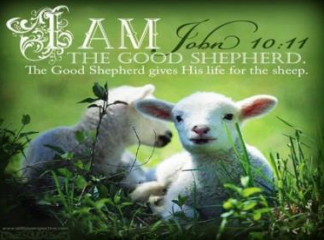
The fourth Sunday of Easter is also called Good Shepherd Sunday. Our Gospel is taken from the 10th chapter of the Gospel of John. In the portion of the chapter that we hear proclaimed today, Jesus describes his relationship with his followers as similar to the relationship between a good shepherd and his sheep. As a good shepherd will risk and lay down his life to protect his sheep, Jesus willingly sacrifices himself for the sake of his sheep. Jesus contrasts the actions of the good shepherd with the actions of the hired shepherd who abandons the sheep in the face of danger. In the verses following Jesus' teaching, we learn that the Pharisees and the other religious leaders understand that Jesus is referring to them when he describes the hired shepherds. The concern of a good shepherd for his sheep is part of the shepherd’s job. Jesus says, however, that the actions of the good shepherd are based upon the relationship that develops between the shepherd and the sheep. This is at the heart of the difference between the good shepherd and the hired shepherd. The good shepherd knows the sheep and therefore acts out of love. For the Good Shepherd, this is never simply part of a job; this love-inaction is integral to his identity. As with so much of John’s Gospel, one hears in this passage John’s particular focus on Christology. As the sheep are known by the Good Shepherd, the Father knows Jesus and Jesus knows the Father. There is an essential unity between the Father and the Son. The freedom with which Jesus acts when he lays down his life is rooted in the unity that he shares with his Father. In this context, Jesus also refers to others with whom he shares a relationship. By this reference, John probably understands the eventual inclusion of the Gentiles in the Christian community. Our modern ears hear this as a reference to Christian unity. The work of ecumenism is to restore unity among all Christians so that we form one flock under one shepherd, as God desires.

This year our retreat at The Briery will take place over the weekend of 18-20 October and will again be shared with a parish from Lancashire. This was fully subscribed last year and those of us who went had a really great time. If you think you may be interested then please contact the parish office.

On Saturday 18th May, there will be a special Celebration Mass for Married Life at Leeds Cathedral at 12noon for couples and their families celebrating their 25th (Silver), 40th (Ruby), 50th (Golden), 60th (Diamond) and 70th (Platinum) wedding anniversaries this year. There will be an opportunity for couples, who wish to do so, to renew their marriage vows during the liturgy. If you are celebrating the anniversary of your wedding and you would like to take part in this celebration, please fill out the application form which is available in the Narthex
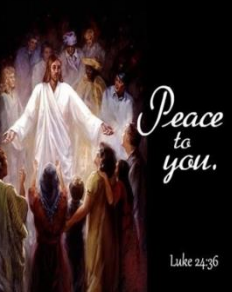
Today’s Gospel reading follows immediately after the report of Jesus' appearance to his disciples on the road to Emmaus. This is the event being recounted by the disciples in the opening verse of today’s Gospel. Consistently in the reports of Jesus’ post-Resurrection appearances, Jesus greets his disciples with the words, “Peace be with you.” This is a most appropriate greeting. The disciples have witnessed the death of someone they loved, and they now fear for their own lives as well. Peace is what they need more than anything else. Jesus often connects this greeting of peace with another gift—forgiveness. In today’s Gospel, this connection is made in the final verses. Even as they hear Jesus’ greeting of peace, the disciples are startled and terrified. They are uncertain about what to make of the figure before them and, quite understandably, they mistake Jesus for a ghost. Yet the figure before them is not a ghost; Jesus invites them to experience his resurrected body with their senses, to look and to touch. The figure before them is flesh and bone, still bearing the marks of crucifixion. Although the disciples cannot forget his suffering and death, peace begins to take root in their hearts, as their fears turn to joy and amazement. As further proof of his identity and of his resurrected body, Jesus eats with his disciples. The disciples have known Jesus best through the meals that he has shared with them. By eating with his disciples after his Resurrection, Jesus recalls all these meals, and most importantly, he recalls the Last Supper. Luke’s report of the Last Supper and the meals that Jesus shared after his Resurrection unveil for us the significance of the Eucharist. Having shared a meal with his disciples, Jesus now uncovers for them the significance of what was written about him in the Scriptures. So, too, our celebration of the Mass is an encounter with Jesus, through the Word and the Sacrament of the Eucharist. As Jesus commissions his disciples to be witnesses to what Scriptures foretold, our celebration of the Eucharist commissions us. Like the disciples, we are sent to announce the good news of Jesus’ forgiveness of sins.

Today’s reading from the Gospel of John combines two scenes: Jesus’ appearance to his disciples after his Resurrection and Jesus’ dialogue with Thomas, the disciple who doubted. Part of the mystery of Jesus’ Resurrection is that he appeared to his disciples not as a spirit, but in bodily form. We do not know, however, exactly what this form looked like. Earlier in John’s Gospel, when Mary of Magdala first encountered the risen Jesus, she did not recognise him until he spoke to her. In Luke’s Gospel, the disciples walking along the road to Emmaus did not recognise Jesus until he broke bread with them. We know from readings such as today’s that in his resurrected form, Jesus was not bound by matter; he appeared to the disciples inside a home even though the door was locked. Yet the disciples could still touch the marks of his Crucifixion. In today’s Gospel, Jesus greets his disciples with the gift of peace. Jesus then commissions his disciples to continue the work that he has begun; as Jesus was sent by God, so Jesus sends his disciples. He gives his disciples the gift of the Holy Spirit so that they will be able to accomplish this task. Jesus’ words to his disciples also highlight the integral connection between the forgiveness of sins and the gift of the Holy Spirit. With the grace of the Holy Spirit, we can share forgiveness and reconciliation with others. Thomas, the doubting disciple in today’s reading, represents the reality of the Church that comes after this first community of witnesses to Jesus. All but the first disciples of Jesus must believe without seeing. Like Thomas, we may doubt the news that Jesus, who was crucified and buried, appeared to his disciples. Our human nature seeks hard evidence that the Jesus who appeared to his disciples after his death is indeed the same Jesus who was crucified. Thomas is given the opportunity to be our representative in obtaining this evidence. He gives witness to us that the Jesus who was raised is the same Jesus who died. Through the gift of the Holy Spirit, we are among those who are blessed, for we have not seen and yet believe.
